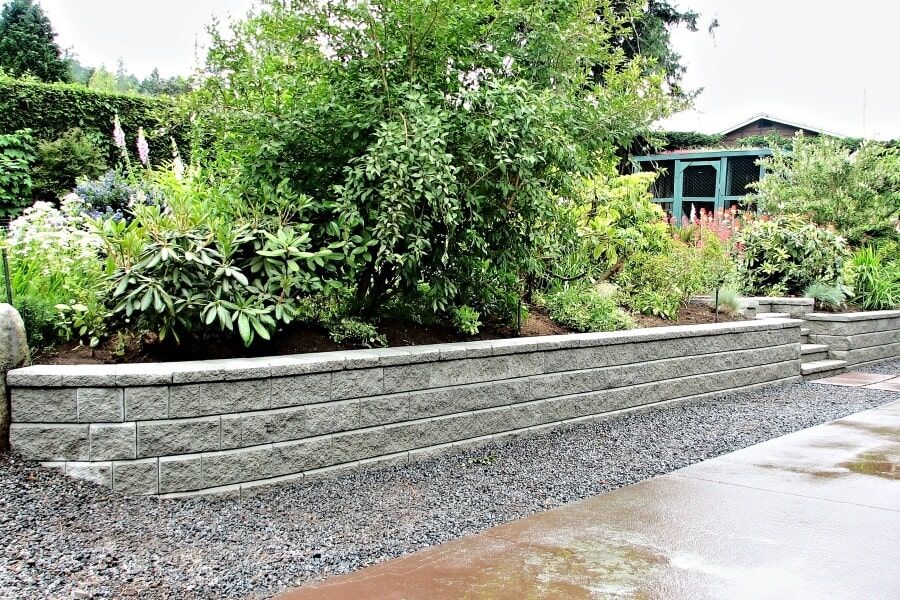Retaining walls have a variety of uses, from providing extra structural support to beautifying an area. They can be used in residential, commercial and industrial settings and come in many different shapes and sizes. Let’s take a look at why retaining walls are important, their different types, and how to determine which type is best for your needs.
Importance of Retaining Walls
Retaining walls are structures that help hold back soil or water. They provide extra stability for soil that is subject to movement because of its natural properties or external factors like rainwater runoff or human activity. In addition to providing structural support, retaining walls can also be used as decoration; they can give a garden or outdoor area an added aesthetic appeal.
Types of Retaining Walls
There are several different types of retaining walls available, each suited for different applications. Gravity walls use their weight and mass to hold back the soil or water behind them; they are typically constructed from materials such as stone, brick, concrete blocks, steel beams, timber posts and reinforced earth systems. Cantilevered walls rely on external forces such as tension cables or anchors to hold back the soil; these are typically constructed from precast concrete panels supported by footings and anchors. Sheet piling is another popular choice; it involves using long sections of steel sheet piles driven deep into the ground to create a barrier between the ground surface and the body of water behind it. Finally, segmental block systems use interlocking blocks made from concrete or plastic to create a wall system that is both durable and aesthetically pleasing.
Determining the Right Type of Wall
When choosing the right type of retaining wall for your needs, you should consider several factors including cost, design considerations (such as aesthetics), durability requirements (such as weather resistance) and local regulations (which may limit certain types of construction). You should also take into account any additional structure requirements you may need (such as drainage systems). All these factors will help you decide which type of wall best fits your project’s requirements.
Regardless of what type of project you are undertaking – whether residential landscaping or commercial development – understanding the different types of retaining walls available will help ensure that you make an informed decision when selecting one for your needs. By taking into consideration cost, design considerations, durability requirements and local regulations when determining which type of wall is best for your project’s needs you can ensure that you get the most out of your investment while creating a beautiful outdoor space that will last for years to come! Our experts are always here to provide support and answer any questions that you may have.

